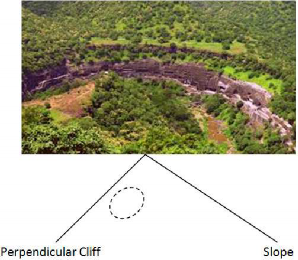Later Development in Gandhara Scuplture:
6] Gupta Age
The Gupta period may be described as ‘classic’ in the sense of the degree of perfection it achieved - something that was never achieved before and has seldom been achieved since - and in perfect balance and harmony of all elements in style and iconography. That is why it is also considered as "The Golden Age of Indian Architecture".
The Guptas were Bramhanical by Religion (Hindus) with special devotion to Vishnu, but they showed exemplary tolerance for both Buddhism and Jainism. Puranic Hinduism with its three deities – Vishnu, Shiva and Shakti, as the consort of Shiva came to forefront. The art of period is marked by a deep spiritual quality and a vision which tries to record the higher and deeper truths of life. While the early Gupta period shows an emphasis on Hindu art, the climax of
Buddhist art, with all the previous tendencies combined into a classical statement, comes during the later period.
The rock cut cave temple and monastery tradition also continued in this period, notably in western India, where the excavations – especially at Ajanta acquire extreme richness and magnificence. The monasteries are characterized by the introduction of images into some of the cells, so that they are of the nature of the temples instead of being simple residences. While there were some striking cave architectural pieces, the Gupta period is specially marked for the development of new temple styles.

